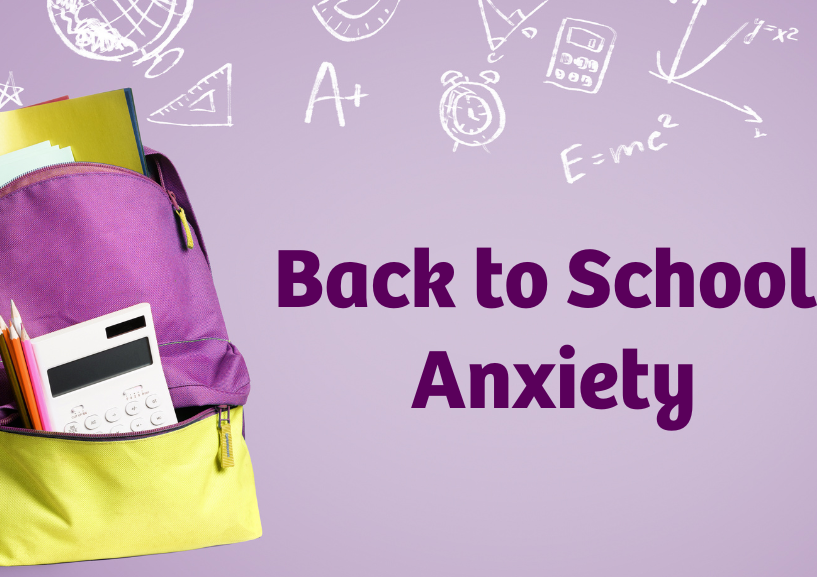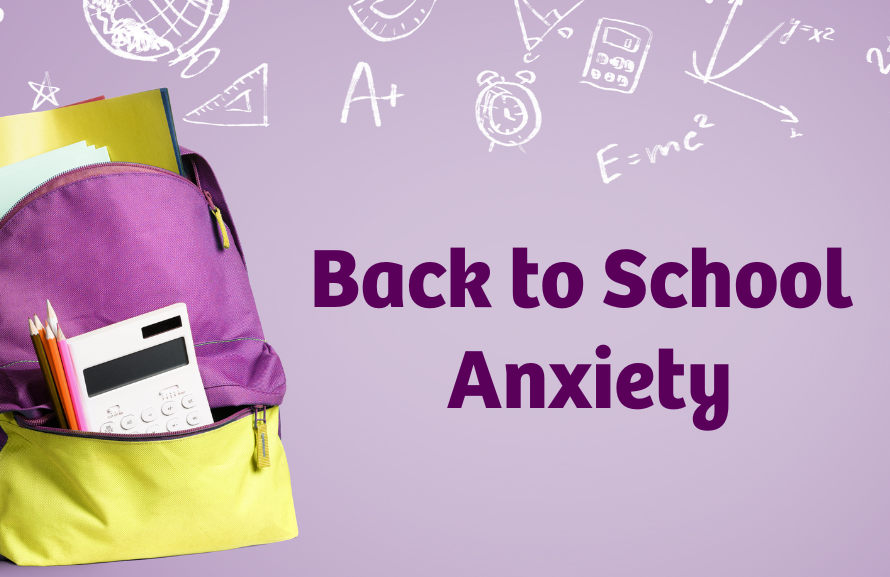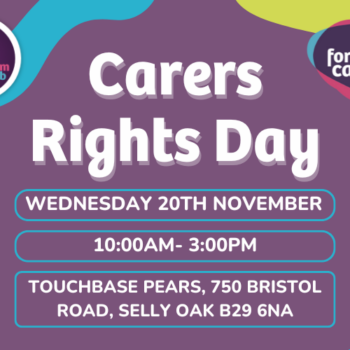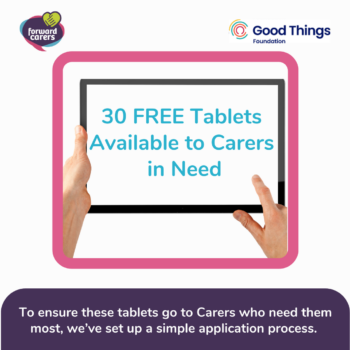Back to School Anxiety

As summer comes to an end, it’s time to head back to school. For some children, this is a happy occasion – they get to see their friends, learn new things, and have fun in class. But for others, the thought of going back to school can be anxiety-inducing.
Returning to school, starting a new school or going to school for the very first time can naturally provoke feelings of nervousness, but for a child with Autism Spectrum Disorder (ASD) it can stir real feelings of anxiety. Signs that you can look for that show your child may be feeling anxious include:
- Withdrawn
- Clingy
- Crying
- Wetting themselves or the bed
- Tummy ache
- Feeling sick
- Arguing or verbal aggression
- Physical aggression
- Increased sensory sensitivities/needs
- Increases in rigidity
We have gathered some information to help you and your child navigate the build up to the start of the new school year. Try some of these tips to help to reassure your child and reduce feelings of stress and anxiety.
- Chat to your child frequently about what to expect returning to school and in the upcoming year.
- Cross days off on your calendar so your child knows when the school year starts and continue during the first few weeks of term including after-school activities.
- Create a new morning routine and practice it prior to the start of the school year. Practice timings or have visual clues as to what happens next.
- If it is a new school, try and arrange a tour of the school. Take photos of some of the key areas to include in a social story.
- If at all possible, have your child meet the teacher prior to the start of school. Remember to take his or her photo and add it to your social story.
- Produce a social story including photos of staff, the school gate and so on. Here is an example: It’s been a really fun holiday time. We got to do these things during the holidays (list or write about these). Next week, I’m going to go back to school. I might feel (sad, nervous, worried) about going back to school. That is OK. I can be brave when I go back to school. My first day of school is (day). When I go back to school, I will get there by (walking, car, bus). When I get to school, I can go to (place: classroom, etc.). I will see my friends (names). My new teacher is (name if known) / I don’t know who my new teacher will be. This is OK. When I get to school, I will be told who my teacher is. When I go into class, I can sit quietly and listen to what will happen that day etc.
- Create a daily school schedule including visuals for your child, it may not be exact but an outline of the routine will help.
- Create a sensory-safe space at home, such as a bean bag, play tent or cardboard box surrounded by favourite toys or other sensory calming items. Practice using this space during the holidays and at the start and finish of school. Ensure the child knows this is something nice to do and not seen as a time out or discipline.
- Let the teacher know about their safe space so that this can be recreated at school.
- Help your child understand and communicate how he/she is feeling. Use a feelings thermometer or other visual chart to determine whether your child is feeling happy, sad, calm, worried, or angry
- Write a letter outlining your child’s strengths, weaknesses, possible sensory issues, dietary restrictions, and favourite reinforcers.
- If your child has sensory issues make sure he or she has a favorite sensory item available from the first day. For those children on the spectrum who struggle from sensory overload, certain objects can offer a great deal of comfort. Make sure your child will have at least one available at all times.
- Prompt cards can help reduce anxiety and can help provide your child with information that can help them respond appropriately. For example: what to do if: I arrive late? I forget where to go? I need the toilet? I feel unwell?
- Is there a plan for break time? Unstructured times can increase anxiety and can be a sensory challenge. Does your child know where to go and what to do? Are there any clubs to join or buddy systems that could help your child?
- Prepare your child’s uniform, removing any labels that could cause discomfort and wash the uniform several times so that it smells nice and is soft and comfortable.
We hope that these tips are useful and the transition from holiday time to the school day goes as smoothly as possible.












